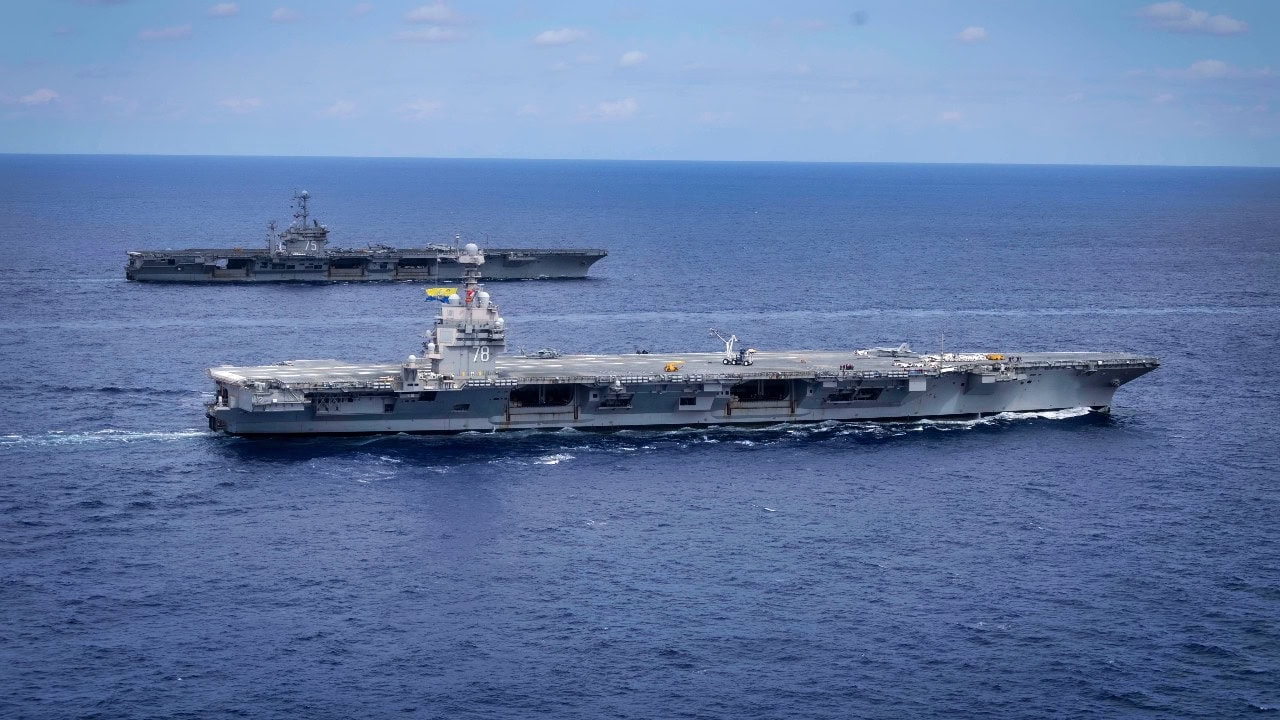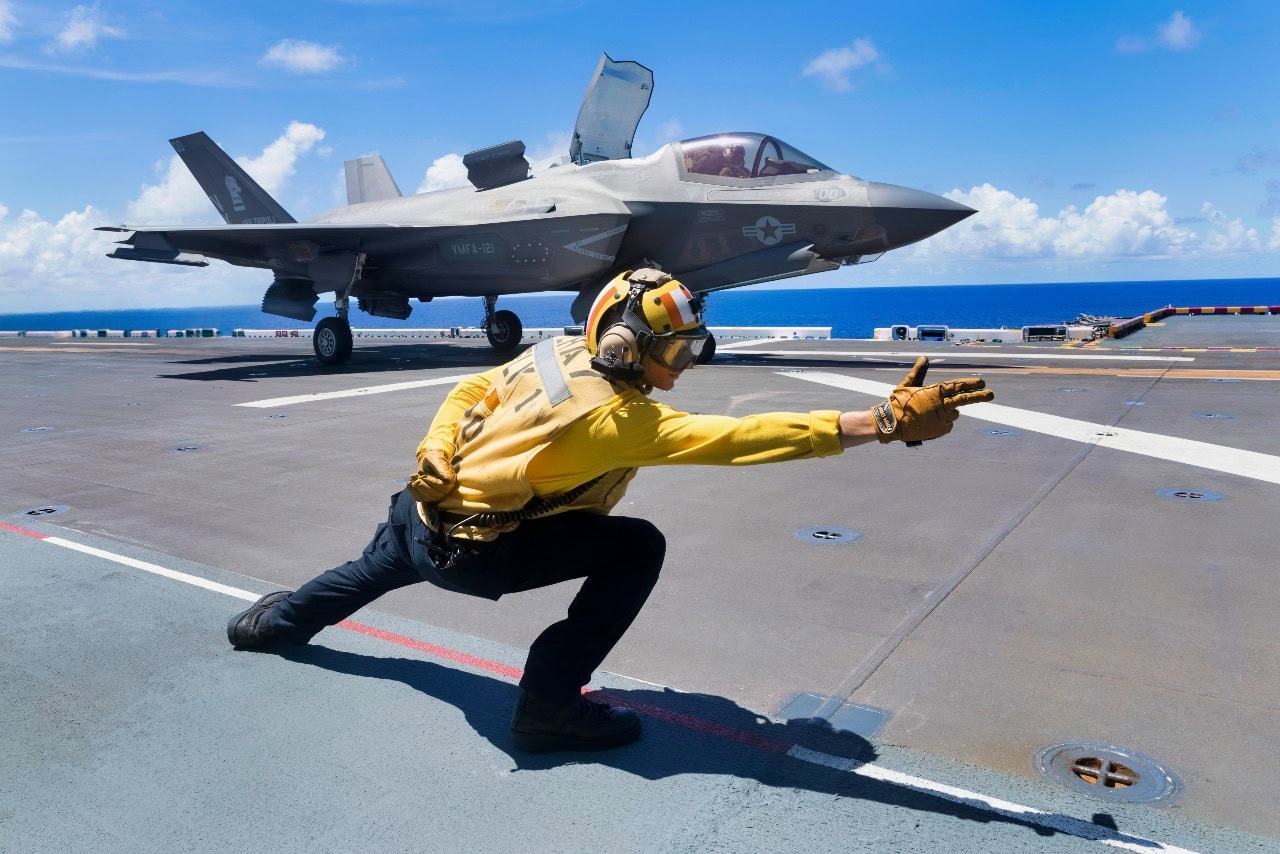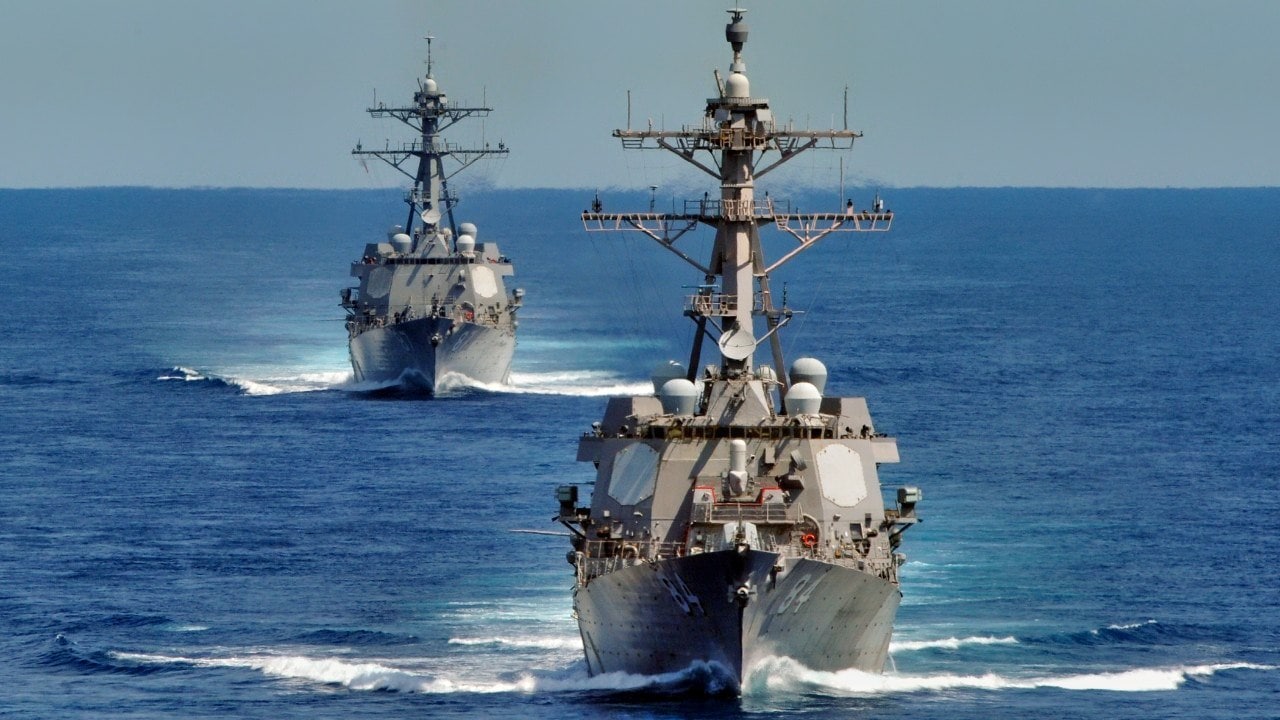Article Summary: Following Israeli airstrikes on Iran’s missile production facilities, Tehran’s ability to supply the Houthis with weapons has been severely impacted. However, Russia has stepped in, reportedly providing satellite targeting assistance and possibly considering supplying the Houthis with P-800 Oniks anti-ship missiles, a clear threat to the U.S. Navy.
Key Point #1 – These supersonic missiles, capable of reaching speeds of Mach 2.5 and hitting targets up to 600 kilometers away, would significantly increase the threat to U.S. Navy warships and commercial shipping.
Key Point #2 – The growing alliance between Iran, Russia, and the Houthis could reshape the Red Sea conflict, creating a more sophisticated and dangerous battlefield for U.S. forces in the region.
Could Russia Arm the Houthis with Deadly P-800 Oniks Missiles?
One of the biggest concerns for U.S. Navy warships in the Middle East has typically been Iranian missiles, particularly those supplied to the Houthis in Yemen. But thanks to Israeli strikes last year, Tehran’s ability to keep the Houthis supplied has been severely damaged.
Stepping into that void is Russia, which may be mulling a decision to provide the Houthis with advanced anti-ship missiles according to reports — posing a significant risk to ships in the region.
Iranian Support: Missiles and Targeting Assistance
Iran has been the Houthis’ leading supplier of missile and drone technology and has significantly augmented the group’s ability to strike ships transiting near Yemeni waters via ballistic and cruise missiles and explosive drones.
But besides just weaponry, Tehran has also assisted the Houthis with identifying and targeting commercial shipping and American warships, allowing the group to launch more precise attacks.
Iranian support for the Houthis, however, has recently been severely curtailed.
Israeli Involvement
In October of last year, Israel launched airstrikes against a number of key sites in Iran. Leveraging the stealth qualities of their F-35I fighters, as well as the large payload capability of other jets like the F-15, the Israeli Air Force knocked out a remarkable number of Iranian air defense sites, including Russian-made S-300 batteries and associated equipment, leaving important parts of the country potentially exposed to further strikes.
One of the more significant sites targeted, however, was the missile production site. The Israeli operation struck sites involved in manufacturing propellant for ballistic missiles, including the Parchin military complex and the Khojir missile production site near Tehran.
In those strikes, about a dozen mixers essential for making missile fuel were destroyed, and it would take about a year to bring the sites back online. Iran’s long-range missile production capability is, for now, severely crippled.
The Russia Connection: Targeting Support and Possible Anti-ship Missiles
Although Iran has long been the Houthis’ primary backer, Russia is also playing a role in boosting the group’s effectiveness. According to reports late last year, Russia provided the Houthis with satellite data used to target ships in the Red Sea and Gulf of Aden, boosting their ability to identify and target American Navy warships as well as other maritime traffic.
One of the more acute concerns is that Russia may choose to supply the Houthis with advanced anti-ship missiles, potentially even the P-800 Oniks, an anti-ship cruise missile.
Originally developed by Russia as a supersonic anti-ship missile, the P-800 Oniks can reach speeds of up to Mach 2.5 and has a range of roughly 600 kilometers, or about 370 miles, depending on the variant. Thanks to its high speed, low flight profile, and evasive maneuverability, it is thought to be particularly difficult to intercept.
Should the Houthis acquire P-800 Oniks missiles, it would be quite a significant rise in the threat level they pose to American warships.

ATLANTIC OCEAN. (Aug. 24, 2024) The Nimitz-class aircraft carriers USS Harry S. Truman (CVN 75), back, and the world’s largest aircraft carrier, USS Gerald R. Ford (CVN 78), sail in formation in the Atlantic Ocean, Aug. 24, 2024. USS Gerald R. Ford is the flagship of the Gerald R. Ford Carrier Strike Group. The aircraft carrier is underway in the Atlantic Ocean to further develop core unit capabilities and skills such as fuels certification and ammunition on-load during its basic phase of the optimized fleet response plan. (U.S. Navy photo by Mass Communication Specialist 2nd Class Maxwell Orlosky).
Unlike the slower and less sophisticated cruise missiles they currently possess, the Oniks’ speed would reduce reaction time for a Navy ship’s defense response.
Combined with the P-800’s large, semi-armor-piercing warhead, it would be a very formidable weapon to face, even for large and well-defended ships.
The Many-headed Hydra
Although the current regime in Tehran is the primary backer of the Houthis, supplying them with weapons and targeting support, Russia’s burgeoning involvement with the group could augment their offensive capabilities — particularly at a time when Iranian missile production is at an ebb.
Russian assistance has the potential to relieve the missile supply bottleneck caused by Israeli strikes on Iran’s missile production sites.

U.S. Navy Aviation Boatswain’s Mate (Handling) 3rd Class Nicolas Fareri launches a U.S. Marine Corps F-35B Lightning II aircraft with Marine Fighter Attack Squadron 121 off the amphibious assault carrier USS Tripoli (LHA 7) during Valiant Shield 2022 (VS22), June 13, 2022. Exercises such as Valiant Shield allows the Indo-Pacific Command Joint Task Force the opportunity to integrate forces from all branches of service to conduct long-range, precise, lethal, and overwhelming multi-axis, multi-domain effects that demonstrate the strength and versatility of the Joint Task Force and our commitment to a free and open Indo-Pacific. (U.S. Marine Corps photo by Sgt. Jackson Ricker)
If Moscow were to supply the Houthis with missiles like the P-800 Oniks, the threat posed to warships and commercial shipping of the Yemeni coast would significantly increase.
For United States Navy ships in the Middle East, the primary threat is not just missile technology from Iran. Instead, it is the growing, three-way cooperation between Iran, Russia, and the Houthis.
About the Author: Caleb Larson
Caleb Larson is an American multiformat journalist based in Berlin, Germany. His work covers the intersection of conflict and society, focusing on American foreign policy and European security. He has reported from Germany, Russia, and the United States. Most recently, he covered the war in Ukraine, reporting extensively on the war’s shifting battle lines from Donbas and writing on the war’s civilian and humanitarian toll. Previously, he worked as a Defense Reporter for POLITICO Europe. You can follow his latest work on X.

